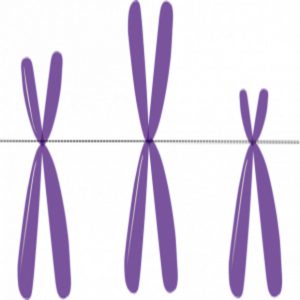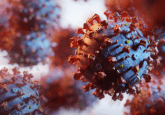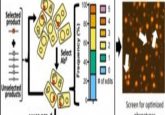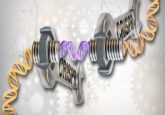Centromeres: the final frontier

The centromere is essential in cell division but its exact function and composition has eluded researchers for many years. A novel PCR-based approach may force the centromere to give up its final secrets.

The origin of centromeres
The centromere comprises approximately 5% of the human genome (1), is at the center of every chromosome as the link between sister chromatids and plays an essential role in cell division by facilitating spindle attachment and ensuring proper chromosome segregation.
However, the study of centromeres has been made difficult by its repetitive DNA sequence – leading to its reputation as the final frontier of DNA (2).
Centromeres are comprised of long repeating sequences of DNA named alpha satellite DNA. The sequences within the repeats are similar or even identical, each comprising of potentially 170 bases, hence making ordering the sequences difficult.
Traditional DNA sequencing chops up a DNA strand into shorter parts, which are then read and assembled back together.
“The problem with centromeres is all the pieces look the same. It’ll be like putting together a puzzle of the Sahara Desert,” commented Beth Sullivan, a molecular biologist at Duke University School of Medicine (NC, USA) (3),
Whilst the human genome project may have been declared complete 15 years ago (4), there are still gaps. This is mainly comprised of centromeric DNA as the technologies at the time were not sophisticated enough to allow the sequencing of this portion. However, recent developments in this field have now pioneered technologies which are sophisticated enough.
Completing the human genome
A study published in March 2018 details Karen Miga’s research team’s latest efforts to sequence the centromere. The research, detailed in Nature Biotechnology, marks the first time a human centromere has been sequenced with successful sequencing of the centromeric region of a human Y chromosome (5).
Miga believes the team, based at the University of California Santa Cruz Genomics Institute (CA, USA), are now on course to finally properly complete the human genome project by completing the sequencing of the centromeric regions in all human chromosomes.
“We are on a trajectory for a complete genome. I, for one, look forward to a day that where we are finally able to roll up our sleeves and study the function of these mysterious sequences (sic),” She explains (6).
The team utilized nanopore sequencing that has the potential to read longer sections of DNA, which makes the DNA much easier to read and reassemble. The team ensured the sequence generated was both very long and of a high quality, which co-lead author Miten Jain explained is the key to confidently determining these sequences:
“Previously, no sequencing technology has been able to assemble centromeric regions because extremely high-quality, long reads are needed to confidently traverse low-copy sequence variants.”
A more immediate analysis
Although we may be on the road to completion of the sequencing of centromeres, the development of rapid analysis techniques is still crucial in order to gain an immediate insight to disease that occurs as the result of cell division problems, including Down syndrome and some cancers.
Researchers from the University of Michigan Medical School (MI, USA) have developed a novel PCR technique, which has been published in Genome Research (7) and hopes to change the analysis of centromeres from a long, labor-intensive task to one that can be completed relatively quickly and easily.
“Centromeres are important for cell division, but poorly understood from a genetic standpoint, because the DNA sequences in them are very repetitive,” commented David Markovitz, senior author of the study.
“With this technique, we and others can study their genetics, and epigenetics, in a real-time, user-friendly way.”
Down syndrome arises when a person inherits an extra copy of chromosome 21. This new technique has already revealed some clues about the role of centromeres in Down syndrome, with the discovery of instabilities on chromosome 21, as well as a lack of a protein that binds to centromeres for spindle formation.
The team identified specific repeated DNA sequence markers in the centromeres of 23 of the 24 human chromosomes. This made it possible to develop and use a PCR assay to capture the genomics of a centromere at a given time. This has enabled analysis of genetic and epigenetic aspects of the centromere.
The small chromosome-specific variations are used as PCR primers, with the researchers able to recognize the centromeres of almost every chromosome in a cell and differentiate them in only half an hour.
“These assays give us the opportunity to understand the dynamics of centromeres, and how these sequences expand or contract during evolution and/or disease processes,” explained Rafael Contreras-Galindo, lead author of the study.
“We can now understand at which centromeres in specific chromosomes key centromere proteins sit, and form the kinetochores that are vital to cell division. With these studies, we can begin to understand how centromere DNA instability could affect centromere function, as we appear to see in Down syndrome.”
Their results are nearly complete. However, the researchers are yet to discover repeat DNA patterns that are unique to chromosome 19. They will now continue to search for a unique DNA sequence to chromosome 19 and hope to patent their method and continue to build upon links between centromeres and disease.





